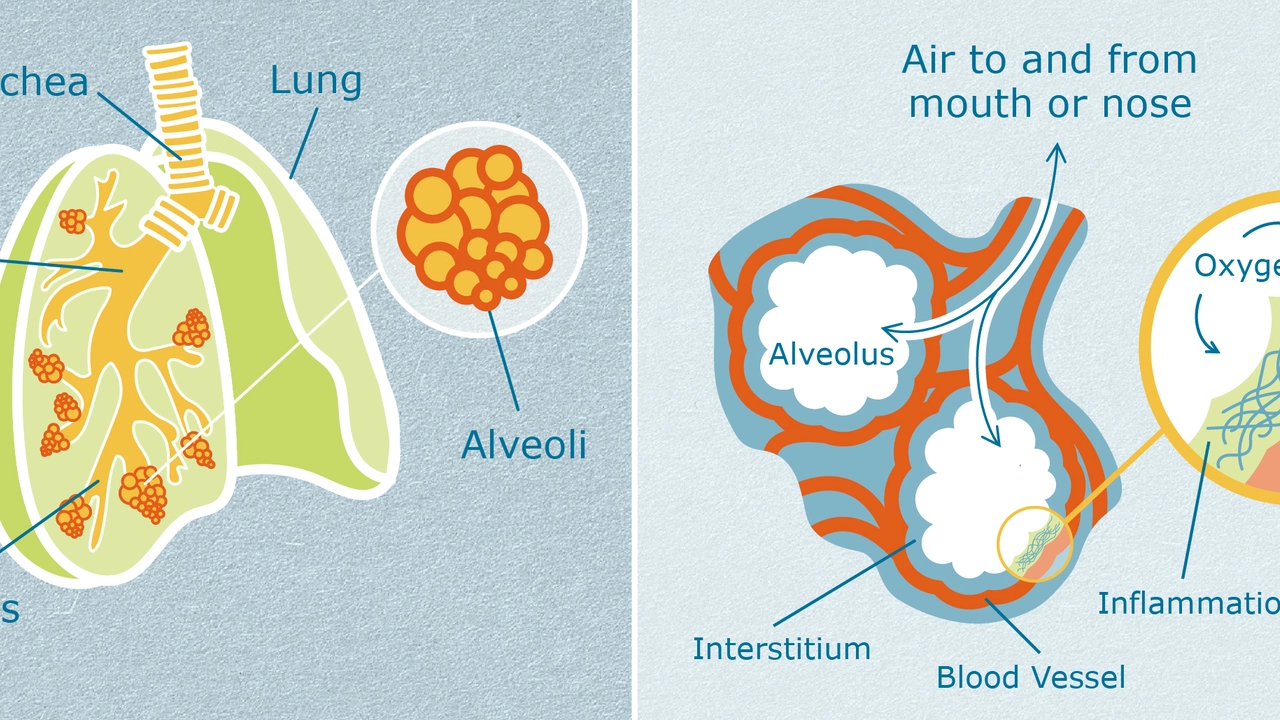The Role of Oxygen Therapy in Managing Idiopathic Pulmonary Fibrosis

Discovering Idiopathic Pulmonary Fibrosis
The first time I heard about Idiopathic Pulmonary Fibrosis (IPF), I thought it was an advanced alien language. Trust me, it's less Star Trek and more like a condition that affects the lungs. The term may be a mouthful, but in layman terms, it revolves around the scar tissues that thicken and stiffen over time in your lungs. It's an idiopathic condition, meaning doctors aren't quite certain about its root cause. But I won't bore you to tears with medical jargon. Don't worry, my job isn't as a late-night comedian, though perhaps I missed my true calling. Anyway, let's get to the serious stuff, shall we?
The Science Behind Oxygen Therapy
Now that you know what IPF is, let's talk about its bff - Oxygen Therapy. It might sound like a posh spa treatment, but it's actually a medical intervention. In situations when the lungs struggle to supply sufficient oxygen, this therapy steps in like a superhero and ensures enough oxygen reaches the bloodstream. Our body needs oxygen, not just to break into a rendition of Billy Joel's "We Didn't Start the Fire", but to perform pretty much all of its functions. When the lungs face off with IPF, and their efficiency takes a hit, Oxygen Therapy becomes critical. It's like your lungs' personal tutoring session, helping them keep up with the rest of the body.
Oxygen Therapy: The IPF Gamechanger
I remember the time back in 2019 when my Aunt Martha developed shortness of breath. Was it due to her dislike for our family get-togethers? Was Aunt Martha faking it to make a swift exit? To our surprise and dismay, she was diagnosed with IPF. With Oxygen Therapy, however, she found an effective way to manage the condition. It provided her with the much-needed relief, and guess what? She started enjoying our epic family gatherings again. Acting or not, we'll never know, but Aunt Martha did become an oxygen therapy believer.
How Does Oxygen Therapy Work?
Take a deep dive into your memory, and you'll remember that we breathe in oxygen and breathe out carbon dioxide. IPF screws this equation, making breathing an arduous task. With Oxygen Therapy, you're provided with a higher concentration of oxygen than the ambient air. This extra supply helps your lungs out, putting them on easy mode and aiding them to function efficiently. It's like the lungs are on a treadmill, and Oxygen Therapy is the energy drink keeping them going. I hope that painted a colorful picture for you.
Oxygen Therapy: Procedure and Equipment
The Oxygen Therapy procedure isn't some high-octane action sequence from an action movie. It's quite simple, actually. Patients breathe in oxygen through a mask, or sometimes through small prongs (called cannula) that fit into your nostrils. Talk about a strange fashion statement, right? For mobile use, you can carry portable oxygen concentrators, ensuring that you're not tied down. An oxygen cylinder isn't the most fashionable accessory to lug around, after all.
Benefits and Precautions of Oxygen Therapy
Oxygen Therapy is a beacon of hope for IPF patients. It helps improve sleep, mood, mental alertness, stamina, and overall quality of life. You won't be winning the Olympics, but hey, who wants all that unnecessary athletic acclaim anyway? Jokes aside, it does allow you to perform daily activities with more ease. Like all good things in life, though, it requires caution and care. Don't be flippant about the procedure and remember, no smoking around oxygen. Trust me, you don’t want to ignite a mini fourth of July indoors.
The human body never ceases to amaze me with its complex design and beautiful capability to adapt. In the face of a challenge like IPF, it's hard not to marvel at just how powerful innovations like Oxygen Therapy can be. Despite the trials and tribulations, our resilience, and the resiliency of science, is truly an extraordinary, awe-inspiring thing.